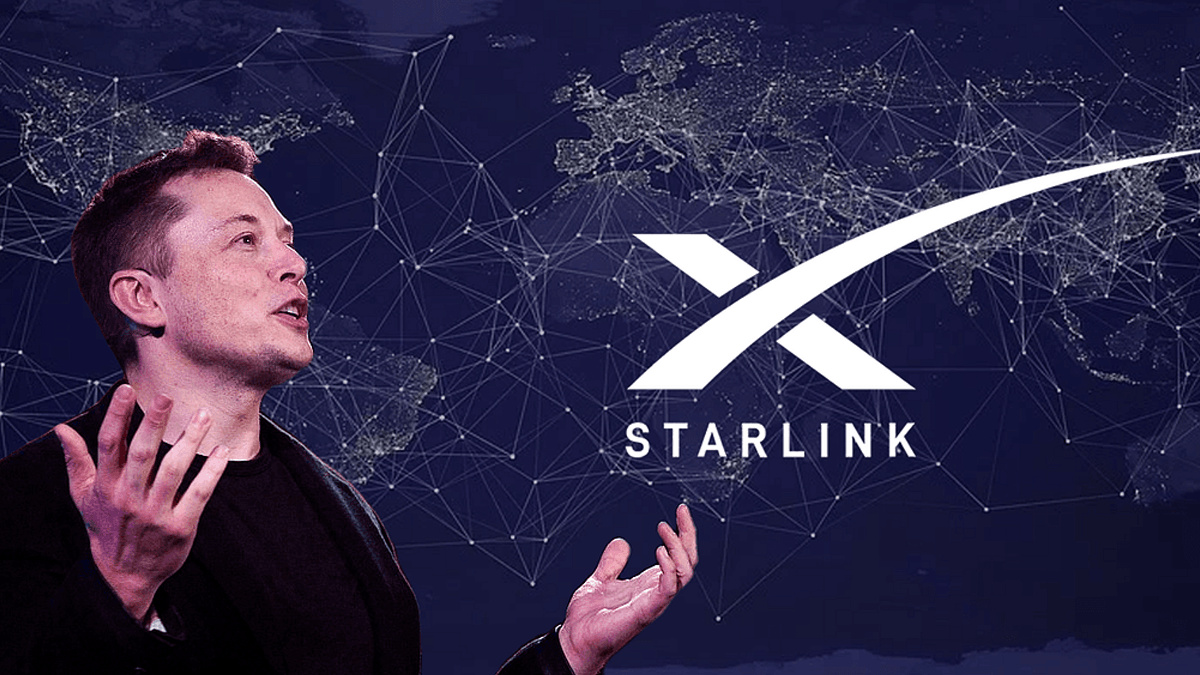Necessary Always Active
Necessary cookies are required to enable the basic features of this site, such as providing secure log-in or adjusting your consent preferences. These cookies do not store any personally identifiable data.
|
||||||
|
||||||
|
||||||
|

In a major step toward expanding high-speed internet access across India, Starlink and Amazon’s Project Kuiper have signed a deal with telecom providers in India. These partnerships come just ahead of the government’s final decision on telecom spectrum allocation for satellite-based services in India.
According to Moneycontrol, a source familiar with the matter said, “Both Starlink and Amazon have been working to form partnerships in India. They are already scouting for VSAT partners and have secured a few partnerships in India, focusing on the B2B and B2G spaces. They want their India capacity to be optimally utilized.”
As part of the new developments, Starlink’s agreement with India marks a significant milestone. Starlink, the satellite internet arm of Elon Musk’s SpaceX, has partnered with a licensed Indian telecom firm to offer services under regulatory guidelines. The agreement allows Starlink to begin groundwork before the final spectrum assignment.
Amazon’s Project Kuiper has also entered a similar arrangement, establishing its first formal foothold in India’s satellite internet space. Both companies are working toward commercial rollout once the regulatory and technical frameworks are finalized.
Another person said, “Starlink and Kuiper are going for a hybrid go-to-market model in India. They are going to offer service directly and are also forging partnerships to sell through partners. Starlink, for instance, has already announced a partnership with Reliance Jio and Airtel, which is the sell-through model.”
These partnerships are built around LEO satellite internet in India, which stands for Low Earth Orbit satellite internet. Unlike traditional satellites that operate far from the Earth’s surface, LEO satellites orbit at lower altitudes, allowing for faster data transmission and lower latency. This technology is ideal for a vast and diverse geography like India, where extending fiber infrastructure is often not feasible in rural and hilly regions.
By using LEO satellite internet in India, providers can reach areas where mobile towers or broadband cables can’t go. This could be a game changer for digital inclusion across remote villages, border regions, and islands.
The person added, “Companies and government departments run with less connectivity, but they want retail automation, remote monitoring, and AI operations. Defence is also a huge potential user with higher bandwidth, which can be enabled only by LEO satellite-based broadband connectivity.”
Hughes Communications India’s CEO, President, and Managing Director, Shivaji Chatterjee, told Moneycontrol that the company is in discussions with all LEO-based satellite players in India. “As a key incumbent, we will definitely be one of their main go-to-market partners for the B2B and B2G segments.”
With over 700 million internet users and a large section of the population still offline, India is a prime market for satellite connectivity. Starlink’s Deal in India and Amazon’s entry show that global players view India as a high-potential market for scalable and affordable internet services.
These partnerships could accelerate progress on Digital India’s goals by ensuring last-mile connectivity. Digital India is flagship program run by the government to make the country into a digitally powered economy. While the policy on spectrum allocation is still under discussion, the readiness of players like Starlink and Amazon ensures that once the green light is given, deployment can begin rapidly.